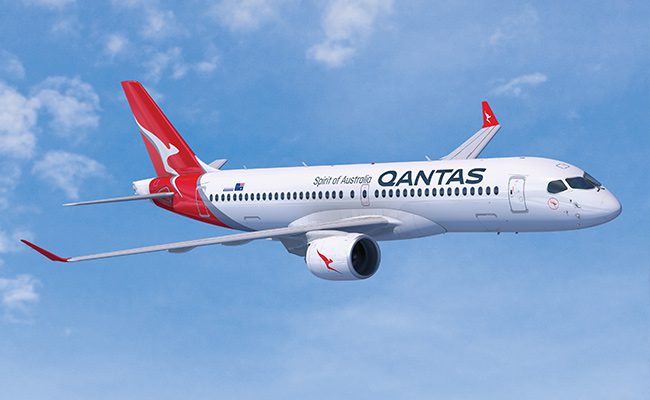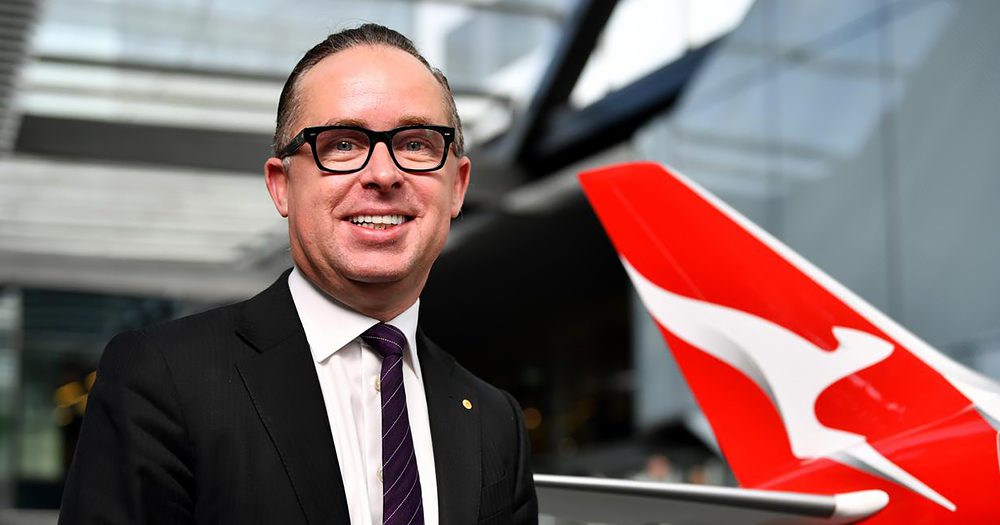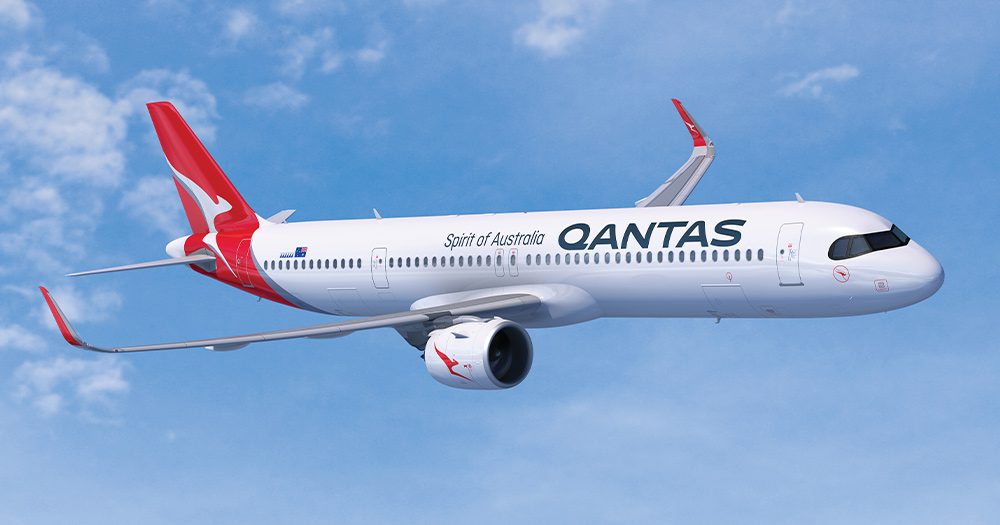Qantas has chosen the Airbus A320neo and Airbus A220 families as the preferred aircraft for the long-term renewal of its domestic narrow-body fleet, which once finalised, will represent the largest aircraft order in Australian aviation history.
As part of its Project Winton, the national airline has made a firm commitment for 40 aircraft – 20 A321XLR (extra long-range) and 20 A220 aircraft – which is expected to be placed with Airbus by the end of the financial year in July 2022.
Qantas will also have a further 94 purchase right options on aircraft over a 10-plus year delivery window as its existing Boeing 737-800s and 717s are gradually phased out.
Qantas Group CEO Alan Joyce said the airline had called the renewal of its domestic fleet Project Winton after the town where the national carrier was born 101 years ago because it’s a key strategic decision for the future of Qantas Domestic.
“This is a clear sign of our confidence in the future and we’ve locked in pricing just ahead of what’s likely to be a big uptick in demand for next-generation narrow-body aircraft. That’s good news for our customers, our people and our shareholders.
The order is in addition to Jetstar’s existing agreement with Airbus for over 100 aircraft in the A320neo family. Part of this new deal includes combining these two orders so that the Group can draw down on a total of 299 deliveries across both the A320 and A220 families as needed over the next decade and beyond for Qantas, QantasLink and Jetstar.
Once finalised, this will represent the largest aircraft order in Australian aviation history.
What’s so significant about these aircraft?

The initial firm order concentrates on the larger, single-aisle A321XLR, and the mid-size A220-300 with purchase right options for the smaller A220-100, giving Qantas a fleet mix that can deliver better network choices and route economics.
The XLR can carry around 15 per cent more passengers on each flight than the airline’s existing B737-800s, making it well suited to busy routes between capital cities like Melbourne, Sydney and Brisbane. Its longer range means it can also be used to open up new city pairs.
The small and medium-size A220s provide the Group with the flexibility to deploy these aircraft throughout most of its domestic and regional operations. They could be used during off-peak times between major cities and on key regional routes to increase frequency.
Both aircraft types will be powered by Pratt & Whitney GTF™ engines and will deliver fuel savings of between 15-20 per cent, contributing to the airline’s broader emission reduction efforts.
“The A320 will be new for Qantas Domestic, but we already know it’s a great aircraft because it’s been the backbone of Jetstar’s success for more than 15 years and more recently operating the resources industry in Western Australia,” said Mr Joyce.

“The A220 is such a versatile aircraft which has become popular with airline customers in the United States and Europe because it has the capability to fly regional routes as well as longer sectors between capital cities.
“The combination of small, medium and large jets and the different range and economics they each bring means we can have the right aircraft on the right route.
“For customers, that means having more departures throughout the day on a smaller aircraft, or extra capacity at peak times with a larger aircraft. Or the ability to start a new regional route because the economics of the aircraft make it possible.
Qantas says it will share plans on next-generation cabins and improvements for passengers in the coming months.
“Importantly, these aircraft will deliver a step-change in reducing fuel burn and carbon emissions compared with our current fleet, which gets us closer to the net-zero target we’ve set,” added Mr Joyce.
Qantas also announced details of its first-half results today, flagging a loss of more than $1.1 billion but says it has made inroads in reducing debt and is looking ahead to 2022 and beyond.





